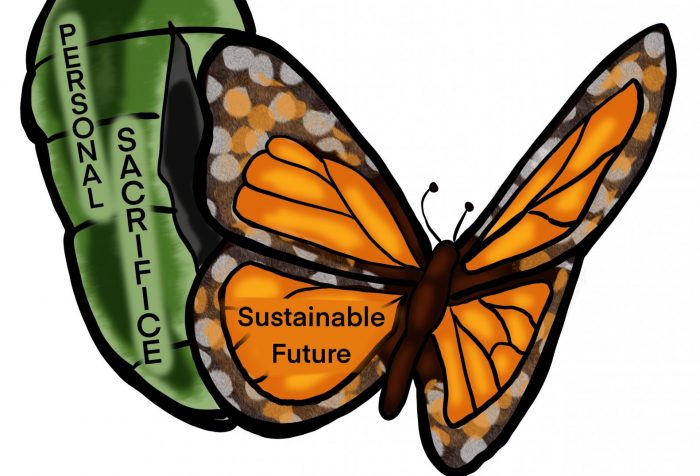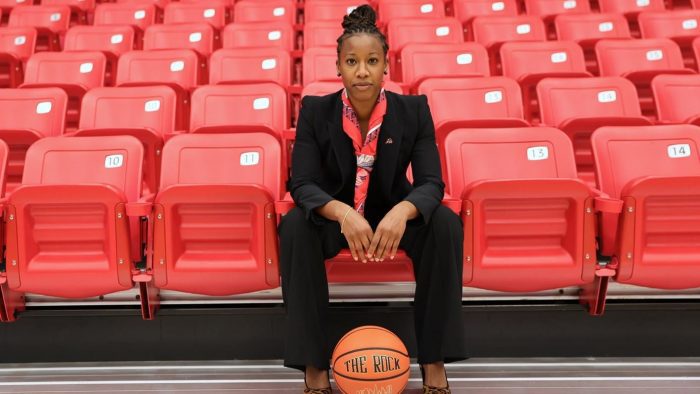Climate change presents numerous challenges that seem to multiply with each passing year.
It is an uncomfortable truth that we must make permanent changes to our own lives or face catastrophic consequences, some of which we are already seeing. Amid a brutally hot and unseasonably dry summer here on Long Island, the human race is simultaneously fighting droughts and flash floods not only in the U.S. but throughout the world.
Though many of the changes needed to counteract climate change will require government intervention, there are a number of ways that citizens can help make a difference, starting with their own backyards.
A typical American lawn consists of freshly cut grass, no weeds in sight, and pesticides covering every square foot. Unfortunately for us, this pretty picture is pretty bad for the health of our local environment. While the manicured lawn makes for the ideal suburban homescape, the environmental harms outweigh the aesthetic charms.
Gas-guzzling mowing equipment has the obvious downside of polluting the air. In addition to killing off weeds and insects, pesticides and insecticides can contaminate water in our aquifers, harm birds and kill off beneficial insects and plants that stabilize the local ecosystem.
Instead, residents should opt for electric-powered mowing equipment, which can deliver the desired outcome without polluting our air. Additionally, one can avoid adding harsh chemicals into the groundwater by introducing pest-controlling insects native to Long Island.
In the TBR News Media coverage area, one Long Island citizen has converted her home into a haven for the endangered monarch butterflies. Theresa Germaine, an 83-year-old Stony Brook resident, used her time during the COVID-19 lockdown to raise monarch butterfly eggs using milkweed, the only host for monarch caterpillars, in her garden. After raising the caterpillars into metamorphosis, she releases the beautiful monarch butterflies into nature.
Germaine teaches us that the contributions of the few can go a long way to improve the greater whole. With each monarch butterfly that leaves her garden, that population is a little more stable and our world a little more colorful. Germaine encourages everyone to join her cause: To plant milkweed so that the monarchs can thrive in the world.
Conservation practices require us to make individual sacrifices, but through these small concessions we contribute to creating a better world. It is imperative that we do not forget our personal responsibility in protecting and helping our environment.
It is important to remember that climate change is a global phenomenon affecting every organism on this planet. The decisions that we make today will impact others tomorrow.





















